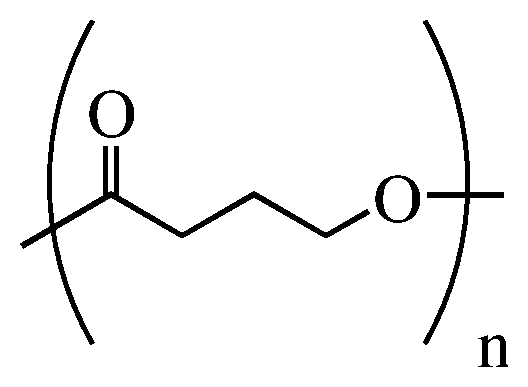Vacuum membrane thermoformed poly-4-hydroxybutyrate medical implants
a technology of polyhydroxybutyrate and vacuum membrane, which is applied in the field of vacuum membrane thermoforming of poly4hydroxybutyrate and copolymer, can solve the problems of not being able to disclose the method of thermoforming a porous plastic substrate, such as a mesh, or how to use vacuum membrane thermoforming
- Summary
- Abstract
- Description
- Claims
- Application Information
AI Technical Summary
Benefits of technology
Problems solved by technology
Method used
Image
Examples
example 1
mbrane Thermoforming of a Poly-4-hydroxybutyrate Oriented Monofilament Mesh
[0076]A poly-4-hydroxybutyrate oriented monofilament warp knitted mesh, fiber diameter approx. 160 μm, pore size 2.58 mm2, thickness 0.508 mm, areal density 182 g / m2, ball burst strength 24.54 Kgf with ⅜ in ball, suture pullout strength 5.6 kgf, was vacuum membrane thermoformed using a vacuum membrane table (GEN III PLUG-N-PLAY Vacuum Press, item number VCMPRS1, RC Holster supply). The vacuum membrane equipment was connected to a four stage Teflon membrane vacuum pump. The poly-4-hydroxybutyrate mesh was cut into a rectangle of approximately 20.5×12 cm. This cut piece of mesh was placed on the vacuum forming table over a metal mold. The lid was closed to cover the mesh with the vacuum membrane and a vacuum (95 kPa, 28 mm Hg) was applied to the membrane to provide tension on the mesh. The mesh was heated by placing a bag containing heated water (65° C.) for 3 minutes on the membrane covering the mesh. (This me...
PUM
| Property | Measurement | Unit |
|---|---|---|
| temperature | aaaaa | aaaaa |
| temperature | aaaaa | aaaaa |
| thickness | aaaaa | aaaaa |
Abstract
Description
Claims
Application Information
 Login to View More
Login to View More - R&D
- Intellectual Property
- Life Sciences
- Materials
- Tech Scout
- Unparalleled Data Quality
- Higher Quality Content
- 60% Fewer Hallucinations
Browse by: Latest US Patents, China's latest patents, Technical Efficacy Thesaurus, Application Domain, Technology Topic, Popular Technical Reports.
© 2025 PatSnap. All rights reserved.Legal|Privacy policy|Modern Slavery Act Transparency Statement|Sitemap|About US| Contact US: help@patsnap.com

